Discover 7 hidden attractions, cool sights, and unusual things to do in Sedbergh (United Kingdom). Don't miss out on these must-see attractions: St Andrew's Church, Sedbergh School Chapel, and Brigflatts Meeting House. Also, be sure to include Cautley Spout in your itinerary.
Below, you can find the list of the most amazing places you should visit in Sedbergh (England).
Table of Contents
St Andrew's Church
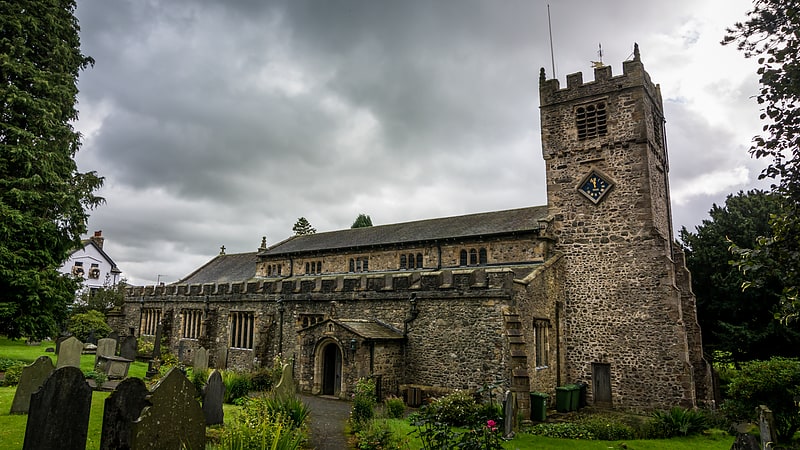
Church in Sedbergh, England. St Andrew's Church is in Main Street, Sedbergh, Cumbria, England. It is an active Anglican parish church in the deanery of Kendal, and the diocese of Carlisle. Its benefice is united with those of St Mark, Cautley, and St John the Baptist, Garsdale, to form the benefice of Sedbergh, Cautley and Garsdale. The church is recorded in the National Heritage List for England as a designated Grade I listed building.[1]
Address: 6 Finkle St, LA10 5BZ Sedbergh
Sedbergh School Chapel
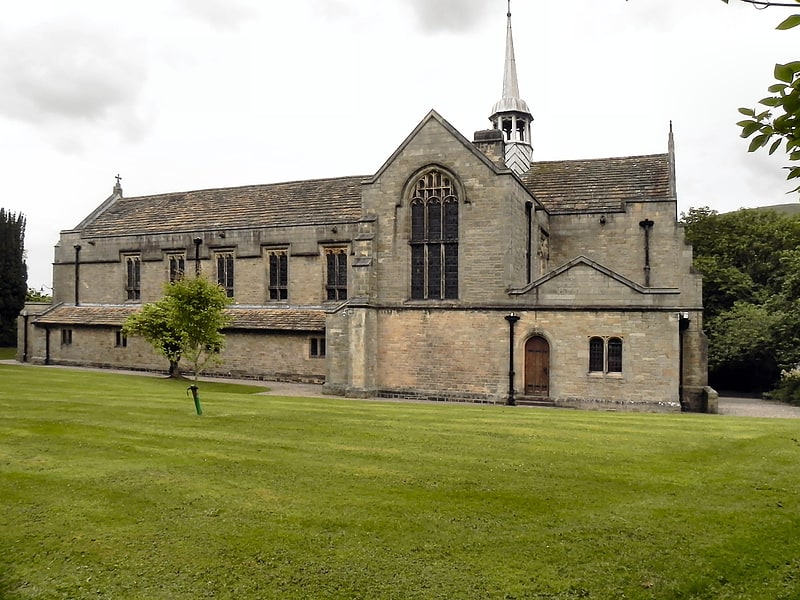
Building in Sedbergh, England. Sedbergh School Chapel is located to the southeast of Sedbergh School, Sedbergh, Cumbria, England. It is considered to be of architectural importance and is recorded in the National Heritage List for England as a designated Grade II* listed building.[2]
Brigflatts Meeting House

Friends meeting house. Brigflatts Meeting House or Briggflatts Meeting House is a Friends Meeting House of the Religious Society of Friends, near Sedbergh, Cumbria, in north-western England. Built in 1675, it is the second oldest Friends Meeting House in England. It has been listed Grade I on the National Heritage List for England since March 1954. It is the subject of a twelve-line poem titled "At Briggflatts meetinghouse" by British modernist poet Basil Bunting. Bunting's poem was written in 1975 for the 300th anniversary of the meeting house's construction.
Throughout its history, the spelling has varied from Brigflatts, Brigflats, Briggflats, or Briggflatts, for both the village and the Quaker Meeting. Currently, the Quaker Meeting uses the spelling "Brigflatts". The variant spelling with two g's and two t's was used by Bunting for his two poems, "At Briggflatts Meetinghouse" (1975) and the earlier autobiographical long poem Briggflatts (1965). Often, one single source is not always consistent with spelling of this name.
The Meeting House 'Howgills' in Letchworth Garden City in Hertfordshire is based on Brigflatts.[3]
Address: Meeting House Brigflatts Lane, LA10 5HN Sedbergh
Cautley Spout
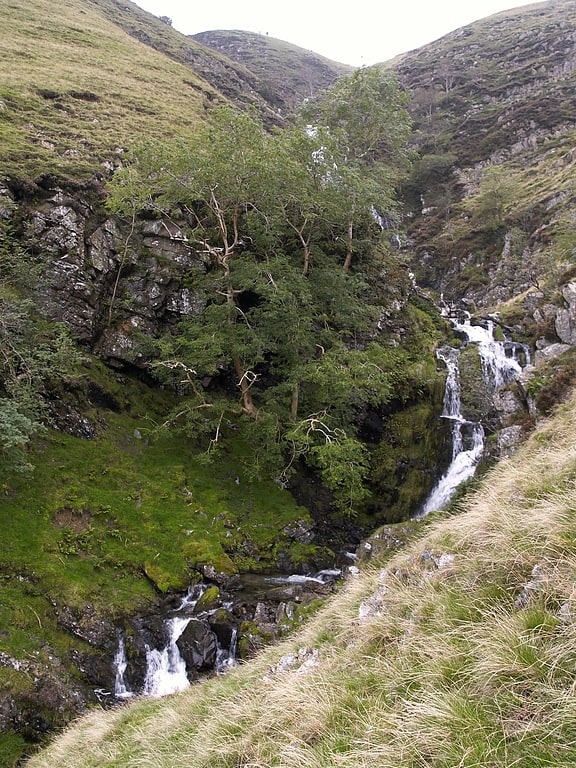
Waterfall in England. Cautley Spout is England's highest waterfall above ground. The broken cascade of falls tumbles a total of 650 feet down a cliff face at the head of a wild and bleak glacial valley that comes down from a high plateau called The Calf. It is located in the Howgill Fells, traditionally in the West Riding of Yorkshire but now in Cumbria on the western edge of the Yorkshire Dales National Park. The waterfall is just north of Sedbergh. This fall is one of the few cascade falls in England; most are either tiered or plunge falls.[4]
Farfield Mill

Art gallery, Shopping, Museum
Address: Farfield Mill Garsdale Road, LA10 5LW Sedbergh
Grayrigg Forest
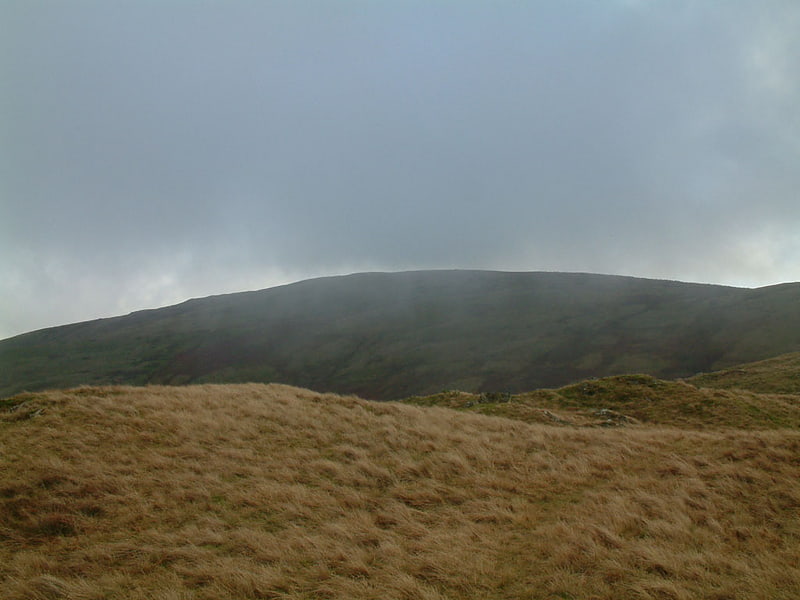
Hill in England. Grayrigg Forest is a hill in Cumbria, England, located on the eastern edge of what might be considered the Lake District, and in August 2016 becoming part of the national park. Reaching 494 metres above sea level, it is attainable from the less well-known Borrowdale valley.
From near the summit, there are impressive views down into the gorge of the Lune valley, where road, West Coast Main Line railway, M6 motorway and River Lune crowd between the outliers of the Lake District and the Howgill Fells.
It is one of three summits, along with Winterscleugh and Whinfell Beacon, added to the list of Fellrangers in the new edition (2019-2021) of Mark Richards' eight volumes of guidebooks and bringing the total to 230. They were added when the Lake District National Park boundary was extended in 2019, including them for the first time.[5]
Ingmire Hall
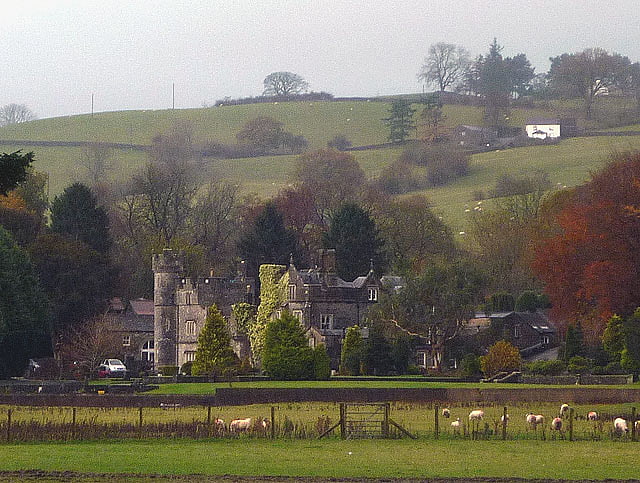
Ingmire Hall is a grade II listed 16th century country house built around the remains of a pele tower some 2 miles west of Sedbergh, Cumbria, England.
The house was first erected for the Upton family in the 16th century. It was enlarged in the early 19th century by architect George Webster and extended around 1900. After being partially destroyed by fire in 1928 it was extended again and then partially remodelled in 1989. It is constructed in two storeys of coursed rubble with quoins and covered by slate roofs.
The Ingmire estate was acquired by Roger Upton in the late 16th century, who left it to his son John Upton, MP for Preston, 1667–81. The property eventually descended in the female line to John Upton, MP for Westmorland, 1761-68. It then descended further in the Upton family until it was acquired by Sir John Sutherland Harmood-Banner, High Sheriff of Cheshire (1902), Lord Mayor of Liverpool (1912) and MP for Liverpool Everton for 20 years. After his death in 1927 the hall was gutted by fire but was afterwards restored.
The hall and gardens are still a private residence and are not open to the public. However, there is a public footpath running alongside the driveway to the property.[6]